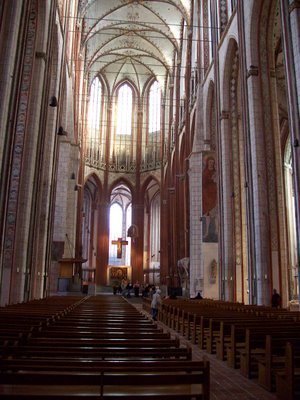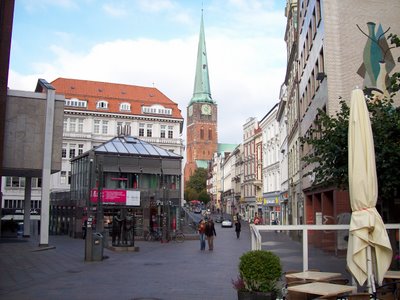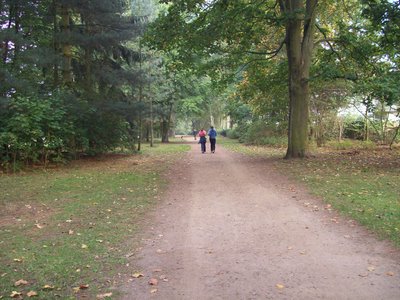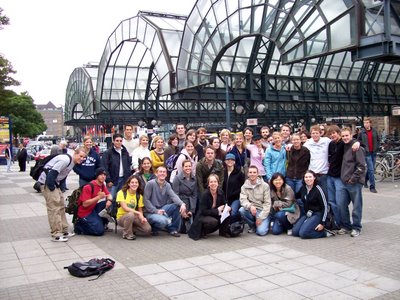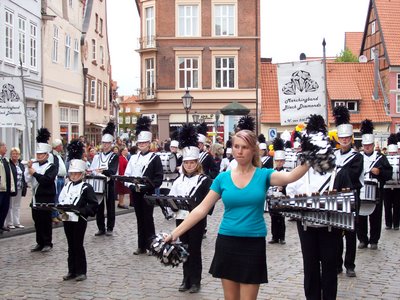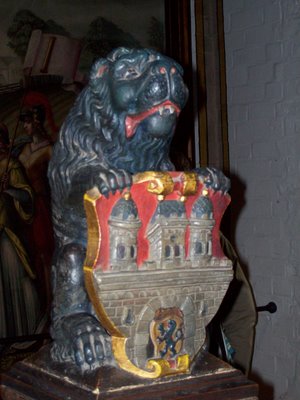Beautiful Bavaria
Alex and Marcus live some distance outside of Munich in a little village next to a church that has an onion-shaped steeple, a distinctive
The first night, Alex cooked us a great meal. The next day, we drove to Neuschwanstein, where the famous disneyland-like castle is located. Very interesting and a good walk up some Alps. There were lots and lots of people but the crowd was nothing compared to what it is during the summer when thousands visit the castle every day.
After the castle we drove through the beautiful countryside with the Alps showing through the clouds from time to time. We went to the Kloster Andechs, which is an old Benedictine cloister but is also a fine German beer garden with a 12th-century church. For photos see: http://www.andechs.de/englisch/kloster/
The next day, on Sunday, Alex took me to see the private boarding school where she teaches. It is a very impressive institution with an interesting history and a beautiful campus. Then in the afternoon we explored Munich or Menchen as they say it here with an oomlaut over the first "e." We walked around the center of the city through many medieval passageways and past the square where the Rathaus is situated. Then, it was on to our real destination, the Hofbrauhaus. After visiting the branch in Cincinnnati, I felt I had to visit the motherlode. On a dare, I ate the sausage that is rather famously connected with Munich, a weisswurst. Boiled, the oddly-white sausage is delivered with two of them floating in a rather elaborate white bowl. Eating one requires a bit of surgery first because one does not eat the casing. Using a technique my father once explained to me about skinning a catfish in Missouri, I stuck my fork in one end and peeled the skin back. Worked quite well. In fact, with an ample does of sweet mustard, the weisswurst was not half bad. And of course there was a very large beer, ein Mass, to wash it down!


